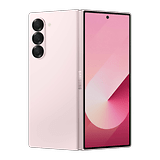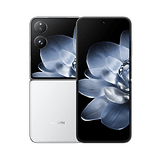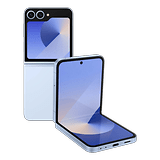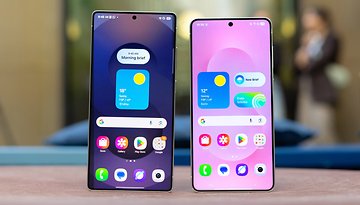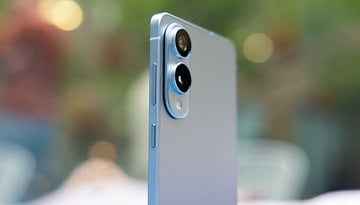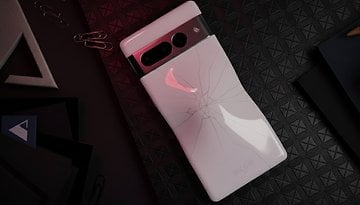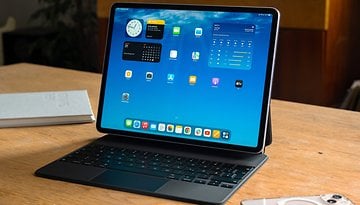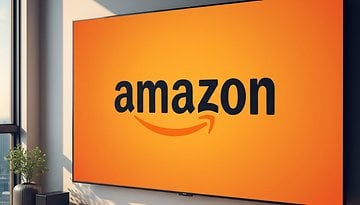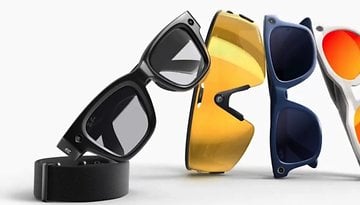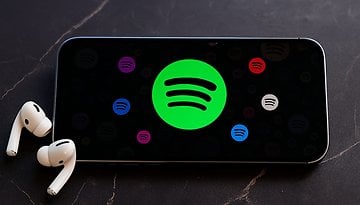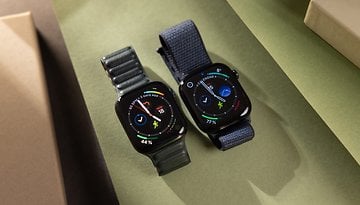The Best 2024 Foldable Smartphones Reviewed and Compared
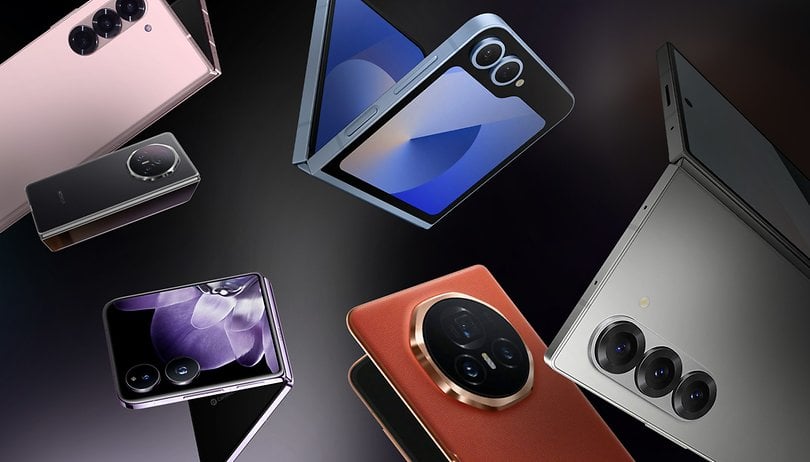

Foldable smartphones became a product category in their own right in 2024. However, these smartphones tend to be very expensive, making them out of reach of most consumers. Samsung remains omnipresent in this market, which has no shortage of credible competitors. We've taken the task of comparing all the foldable smartphones nextpit recently reviewed and shares which model you should choose.
The best foldable smartphones compared
The best foldable smartphones recommended by nextpit
Honor Magic V3: The best book-style form factor
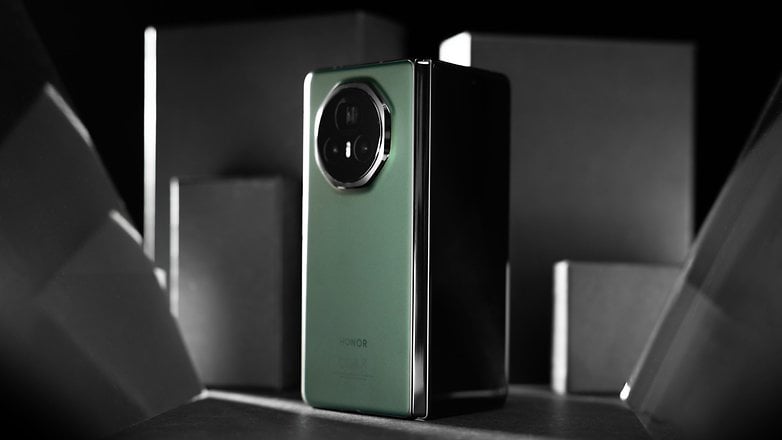
The Honor Magic V3 in a nutshell:
- 7.92-inch internal OLED screen and 6.43-inch external OLED screen.
- Triple camera module: 50 MP main, 40 MP ultra wide-angle, and 50 MP telephoto.
- 20 MP internal and external selfie cameras.
- 5,150 mAh battery.
- 66 W wired charging, 50 W wireless charging, and reverse wireless charging.
The Honor Magic V3 is a superior choice to Samsung's Galaxy Z Fold 6. Its external and internal screens are larger. Both rear and front camera sensors feature better resolution and offer more versatility when taking photos. Honor also has a head start on charging, and its battery has a higher capacity compared to its competitors. It's also the slimmest model on the market. The only real shortcomings are its expensive price and software limitations, which is less polished and capable than Samsung's.
Good
- Impressively thin
- Flagship specs
- Powerful camera
Bad
- MagicOS feels dated
- Expensive
- Incomplete multitasking features
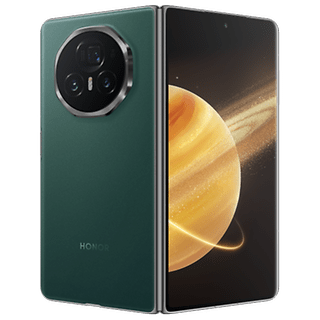
Samsung Galaxy Z Fold 6: The best alternative
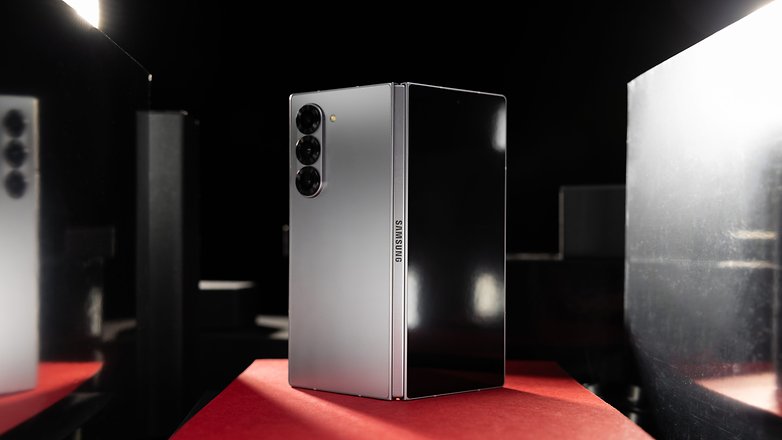
The Samsung Galaxy Z Fold 6 in a nutshell:
- 7.6-inch internal AMOLED screen, 6.4-inch external AMOLED screen.
- Triple camera module: 50 MP main, 12 MP ultra wide-angle, and 10 MP telephoto.
- 4 MP internal and 10 MP external selfie cameras.
- 4,400 mAh battery.
- 25 W wired charging, 10 W wireless charging.
The Samsung Galaxy Z Fold 6 remains an excellent choice in 2024. Compared to the Honor Magic V3, it offers a better software experience, longer software updates, and a much more advanced One UI interface than Honor's MagicOS. Its two screens are also very good to enjoy multimedia content. It failed to occupy the top spot because its cameras that have remained largely stagnant over the years, as with its charging technology.
Good
- Top-quality finish
- IP certification at last
- 7 Android updates + 7 years of security updates
- Some Galaxy AI functions are impressive
- Adequate battery life
Bad
- Internal selfie camera is pretty much useless
- Photo quality not worthy of a $1,900 smartphone
- Wired charging speed is far too slow
- Fully unfolded screen mode drains battery far too quickly
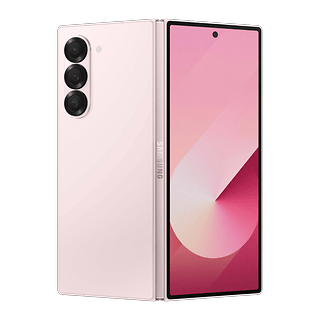
Xiaomi Mix Flip: The best clamshell form factor
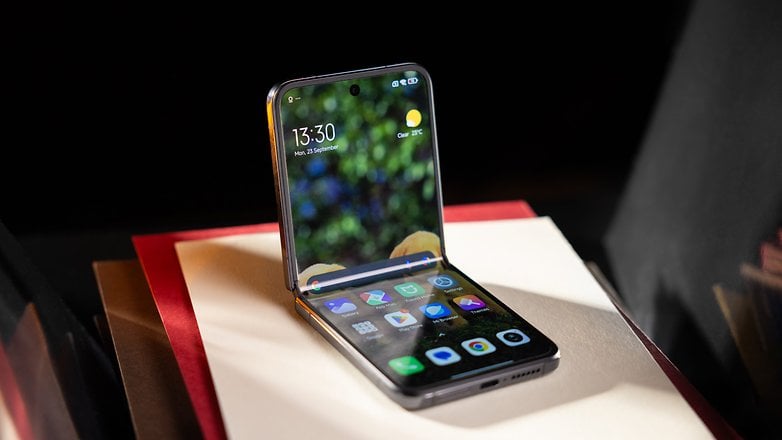
The Xiaomi Mix Flip in a nutshell:
- 6.86-inch internal AMOLED screen, 4-inch external AMOLED screen.
- Dual camera module: 50 MP main and 50 MP telephoto.
- 32 MP internal selfie cameras.
- 4,780 mAh battery.
- 67 W wired charging, no wireless charging.
The choice between the Xiaomi Mix Flip and the Samsung Galaxy Z Flip 6 is a far more difficult one to make. Camera performance is better with the Xiaomi Mix Flip, and its camera module is also more versatile. Battery life is slightly better as well, not to mention far faster charging speeds. The cover display is also much more functional than Samsung's. However, Xiaomi missed out on the IP rating and wireless charging support, and suffers from overheating issues, not to mention receiving far fewer software updates. What makes us lean towards Xiaomi is the more functional cover display, making the clamshell form factor more relevant than Samsung's offering.
Good
- Beautiful finish
- Large, bright, and functional cover screen
- Good photo quality
- Very good battery life and efficient fast charging
Bad
- Where are the AI functions?
- Overheating problems
- No IP rating
- No wireless charging

Samsung Galaxy Z Flip 6: The best alternative

The Samsung Galaxy Z Flip 6 in a nutshell:
- 6.7-inch internal AMOLED screen, 3.4-inch external AMOLED screen.
- Dual camera module: 50 MP main and 12 MP ultra wide-angle.
- 10 MP internal selfie cameras.
- 4,000 mAh battery.
- 25 W wired charging, 15 W wireless charging, and reverse wireless charging.
The Samsung Galaxy Z Flip has an IP48 rating, unlike the Xiaomi Mix Flip, which lacks any IP rating. The software upgrade policy is also superior and Samsung also offers a far more stable performance than Xiaomi. The software is also more advanced, particularly in terms of AI implementation. Its battery capacity is smaller than the Xiaomi Mix Flip's, but that does not necessarily mean battery life drops drastically. Charging, in particular, is very slow but Samsung has the advantage of offering wireless charging. If its cover display allowed the use of more applications and not just widgets, it would be ahead of the Xiaomi Mix Flip in our eyes.
Good
- Durable design with IP48 dust resistance
- Seven years of software updates
- Excellent performance with Snapdragon 8 Gen 3
- Improved 50MP main camera
- All-day battery life
Bad
- 10% more expensive, starting at $1,099
- Difficult one-handed use
- The outer display lacks app support
- The camera struggles with dynamic range
- Slow recharge, no charger included
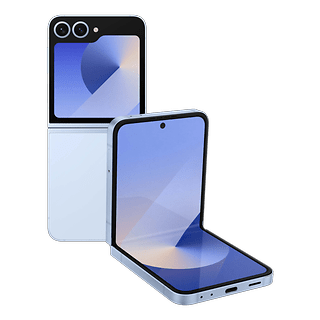
Criteria for comparing foldable smartphones
When we review and compare smartphone models, we obviously take into account all the technical specifications. For such an article, the idea is to simplify matters. We focus only on certain criteria, narrowing in on the most relevant ones based on each category. This is supposed to help you compare the selected models better rather than getting lost in a huge table of technicaly specifications and endless paragraphs of text.
Our selection criteria
For foldable smartphones, we selected the following criteria: screen quality, photo quality, and battery life/charging speed. This doesn't mean we dismissed everything else. That's why there are also reviews of each candidate to refer to if you want more details. Here's a quick list explaining the elements taken into account for each criteria used in this selection.
- Screen quality: refresh rate variability (LTPO or not?) / resolution and pixel density / brightness (peak and typical) / size in inches / is the crease in the middle of the screen very visible and obvious / is the cover display relevant to the user experience?
- Photo quality: number and type of lenses / sensor resolution and size / shooting versatility (zoom, ultra wide angle, etc.) / detail level / colorimetry / are there any special camera functions that exploit the foldable format?
- Battery and charging: charging / recharging speed / is wireless charging offered or not / is the charger included or not?
Understanding the foldable smartphone market
Foldable smartphones as a market segment is still very young. In 2024, a foldable smartphone is no more than a concept for early adopters.
Samsung's dominance of this market is also gradually eroding. Other brands such as Xiaomi, Honor, OnePlus, Google, and Motorola are beginning to emerge:
- Samsung Galaxy Z Fold 6 and Galaxy Z Flip 6.
- Xiaomi: Mix Flip (also Mix Fold but not in Europe).
- Motorola Razr 40 and Razr 40 Ultra.
- Honor Magic V3.
- OnePlus Open.
- Google Pixel 9 Pro Fold.
Do note that the majority of these smartphones are still very expensive for the average consumer. With the same technical specifications, the price-to-performance ratio compared with a non-foldable smartphone is still a little below par.
What we need to keep in mind is "why buy a foldable smartphone"? Why do you want one? The format has to be really useful to make your money's worth. It has to add something to the user experience apart from the gimmick of being able to fold in half.
Book-style smartphones aim to offer a hybrid experience between smartphone and tablet. Their foldable screens make multitasking more interesting and watching videos or films more enjoyable, especially on a large screen.
Clamshell smartphones are all about compactness. The idea is to take up less space in the pocket. However, it's also about having an external screen that's as functional as possible, so you don't have to keep unfolding your smartphone, making it useful even when closed.
Do take a closer look at the software as well. Do you gain intuitiveness or productivity thanks to functions that exploit this foldable format or not? Otherwise, why opt for a foldable smartphone? You might as well aim for a normal-sized model.
What do you think of this selection? Have our recommendations helped you to see things more clearly? Do you plan to buy a foldable smartphone, or have you already purchased one? Do you think the foldable format is really useful?

